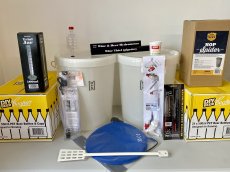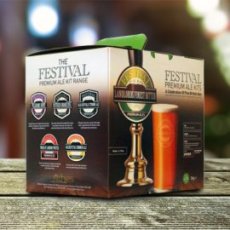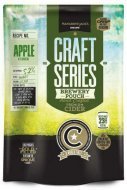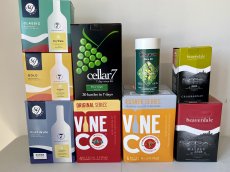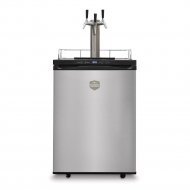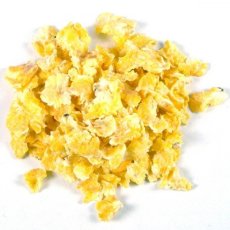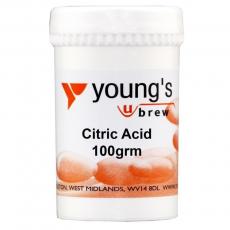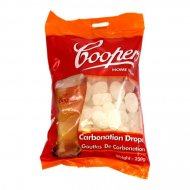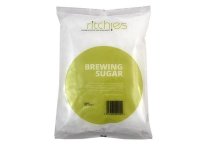What is Secondary Fermentation?
1. What is Secondary Fermentation?
2. Is Secondary Fermentation the same as carbonation?
3. Is Secondary fermentation necessary?
4. Should you "Rack off" before secondary fermentation?
5. Can you use beer finings before secondary fermentation?
Secondary Fermentation Ingredients / Carbonation
Secondary fermentation, or carbonation, is a short fermentation done in the barrel or bottles to add some sparkle to your drinks. In beer, it also enables the traditional head to be produced.
When fermenting with yeast, alcohol and carbon dioxide (CO2) are produced.
The primary fermentation is purely for alcohol production, and any CO2 produced is allowed to escape.
The secondary fermentation will barely affect the alcohol level but should produce enough CO2 to pressurise a barrel or bottles.
For secondary fermentation to work, you need an adequate amount of sugar to produce enough CO2 to raise the pressure to 3 PSI or above.
Once the pressure is 3 PSI or above any further gas produced cannot escape the beer or wine.
The usual amount of sugar is about 4 or 5 grams, or a level teaspoon, of brewing sugar per pint or 500 ml bottle.
When scaling this measurement up for a 5-gallon barrel, you will need 160g-200g of dextrose for secondary fermentation.
It is worth noting that by pressurising this way you are making a “real ale.”
You can also use carbonation drops which is dextrose made into a drop or tablet.
Each manufacturer will have their own set of instructions on the pack. Carbonation drops are much easier to use, especially with bottles.
Secondary fermentation needs to be done at the same temperature as the primary fermentation allow 24 hours for carbonation.
This is generally more than enough time. Once the 24 hours is up, You can store barrels and bottles anywhere cool and out of direct sunlight.
If you are using bottles remember to keep a few in the fridge.
Check out all brew Mart's home brew hints & tips

